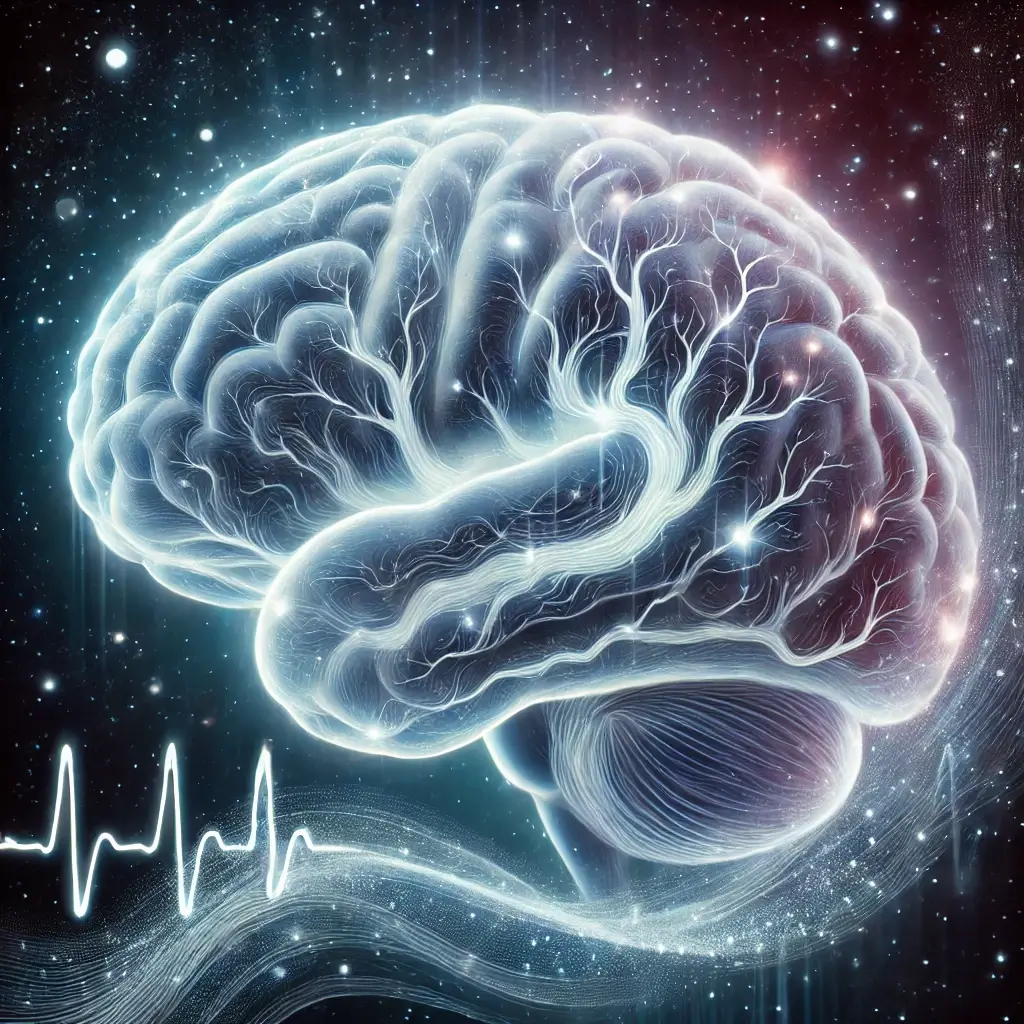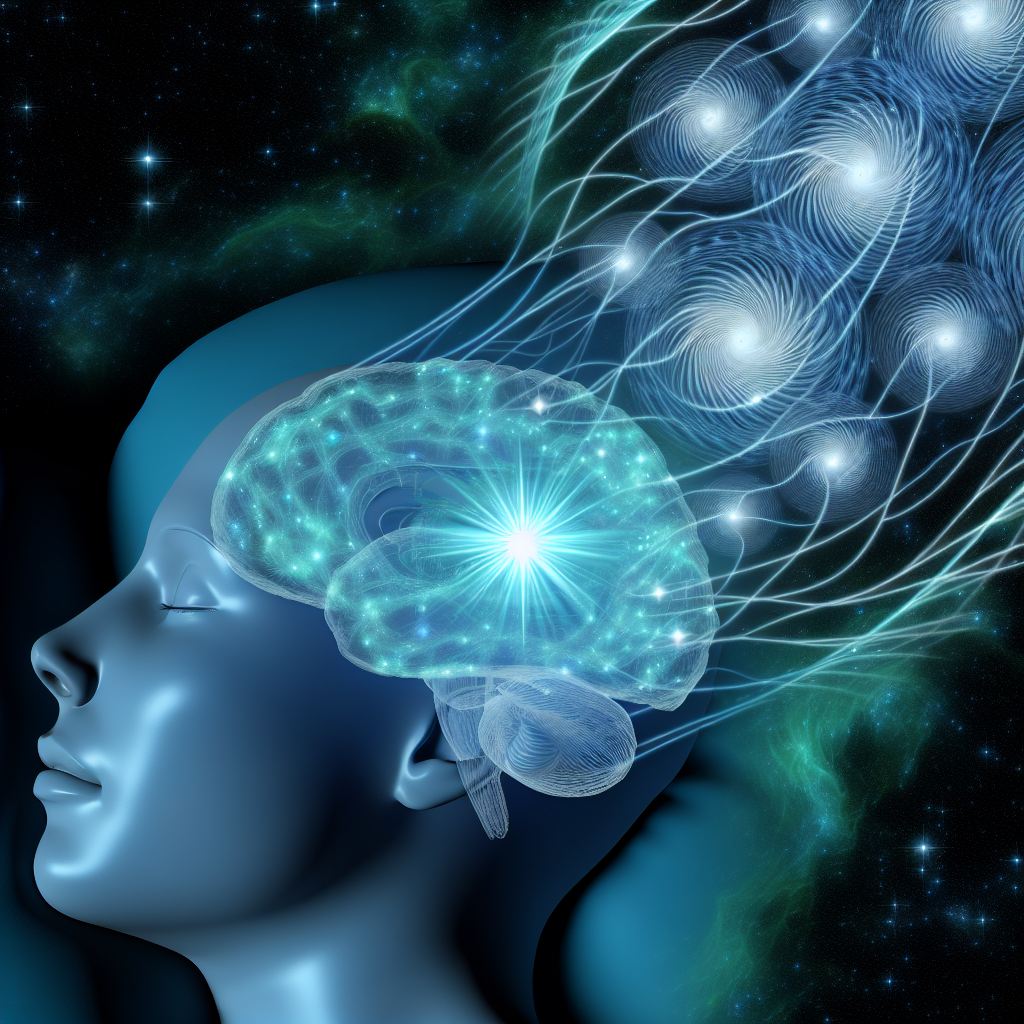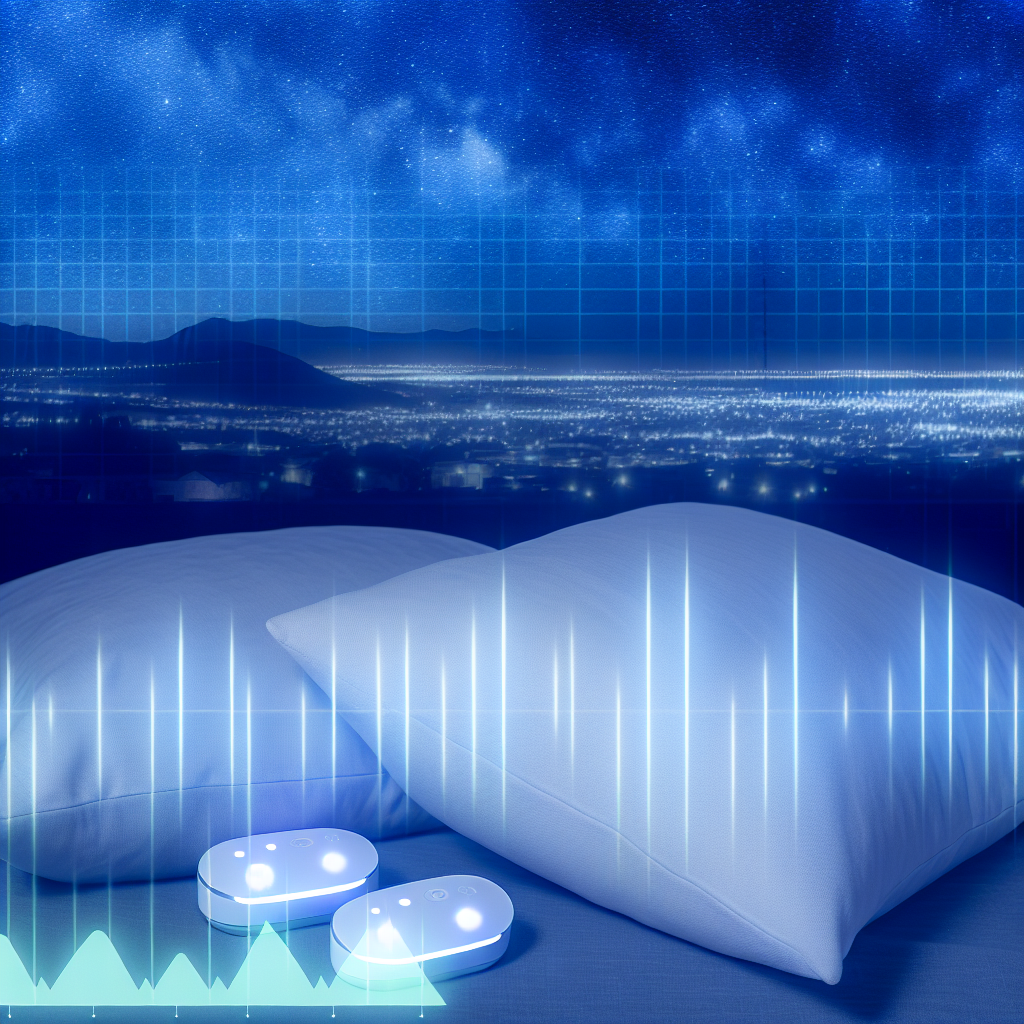Sleep-Related Eating Disorder: How Kitchen Lock Systems and Sensors Are Revolutionizing Nighttime Safety
Understanding Sleep-Related Eating Disorder (SRED)
Sleep-Related Eating Disorder (SRED) is a complex parasomnia characterized by recurrent episodes of involuntary eating and drinking during partial arousals from sleep, typically occurring during non-REM sleep stages. These episodes often happen without the individual being fully awake or aware, leaving little to no memory of the events the following day.
Unlike night eating syndrome — where eating is a conscious activity — SRED involves completely involuntary consumption. Affected individuals may ingest high-calorie or even inedible items such as raw meat, pet food, or household cleaning products, significantly increasing the risk of poisoning, digestive complications, or injury. The disorder is frequently exacerbated by sedative-hypnotic medications, sleep deprivation, and comorbid sleep or psychiatric conditions.
SRED is more commonly observed in adult women but can affect children and men as well. The consequences are wide-ranging: from weight gain and poor sleep quality to anxiety, relationship strain, and a diminished sense of control.
Smart Solutions: How Technology Is Transforming SRED Management
Modern management approaches are becoming increasingly holistic, combining behavioral therapy and environmental controls. Among the most promising innovations? Smart kitchen lock systems and motion sensors. These systems act as intelligent nocturnal guardians, restricting kitchen access during predefined hours and monitoring for unusual nighttime activity.
As awareness around SRED grows, healthcare professionals have emphasized the benefits of environmental control. Research in Sleep Medicine Reviews highlights that modifying nighttime environments — through restricted kitchen access and sleep hygiene enhancements — can reduce both the frequency and severity of episodes.
Smart Locks, Sensors, and Surveillance: A New Frontier in SRED Treatment
The integration of smart home technologies has opened up new possibilities for SRED management. Smart kitchen security setups now include:
– Auto-locking refrigerator and cabinet systems
– Motion detectors and door-entry sensors
– Smartphone-controlled locks and remote alerts
– Nighttime surveillance cameras with infrared activity detection
Companies like Yale and August provide smart locks that can be remotely managed and monitored, while systems from Nest and Ring offer real-time motion alerts and video feeds. These tools not only track movement but can automate protective actions, such as locking cabinet doors or triggering a sound or light alarm when kitchen motion is detected during sleep hours.
Medical Validation: Why Doctors Are Endorsing Environmental Controls
Medical research underscores the need for comprehensive monitoring and intervention. According to the Journal of Clinical Sleep Medicine, early detection of nocturnal behaviors is vital in improving treatment outcomes. Clinicians recommend combining these smart technologies with cognitive behavioral therapy (CBT) and, where appropriate, pharmacological support.
Medications such as topiramate and selective serotonin reuptake inhibitors (SSRIs) may be prescribed for SRED but are usually considered part of a broader treatment strategy. Importantly, smart kitchen systems offer continuous protection without costly or invasive procedures. The data these devices collect can also support sleep specialists in tracking patterns over time and adjusting care plans accordingly.
The Psychological Payoff: Peace of Mind for Families and Individuals
Beyond medical benefits, kitchen lock systems and SRED monitoring devices offer psychological relief. For families, they reduce stress and fear associated with potential nighttime accidents. For individuals sleeping alone, they provide a critical safeguard against injury or dangerous ingestion. Many users report an improvement in sleep quality and daytime functioning once these systems are put in place.
As smart technologies become more user-friendly and affordable, their adoption in sleep disorder management is likely to grow. These solutions are empowering sufferers with tools to reclaim their nights — offering control in situations where once there was only uncertainty.
Conclusion: Combining Technology with Therapy for Safer Sleep
Sleep-Related Eating Disorder is more than just a nighttime nuisance; it’s a condition that can significantly impact well-being and safety. Thankfully, smart technology offers practical, real-time solutions that make a world of difference. Kitchen lock systems and motion sensors act as both a deterrent and an alert system, protecting individuals and helping caregivers gain peace of mind.
When combined with medical treatment and behavioral therapy, these cutting-edge solutions create a robust and comprehensive strategy for improving the lives of those affected by SRED. As the health tech field continues to evolve, we can expect even more innovative answers to the complex challenges posed by parasomnias like SRED.
Concise Summary:
Sleep-Related Eating Disorder (SRED) is a complex parasomnia involving involuntary nighttime eating, putting individuals at risk of injury and health complications. Emerging smart home technologies, including kitchen lock systems and motion sensors, are revolutionizing SRED management by restricting kitchen access, monitoring activity, and providing real-time alerts. These innovative solutions, combined with behavioral therapy and medical treatment, offer comprehensive protection and empower individuals to reclaim their nights.
References:
1. American Academy of Sleep Medicine (AASM). (n.d.). Parasomnias. Retrieved from https://sleepeducation.org/sleep-disorders/parasomnias
2. Schenck, C. H., Mahowald, M. W. (2008). Parasomnias: Clinical features and forensic implications. *Sleep Medicine Reviews*, 12(6), 443–470. https://doi.org/10.1016/j.smrv.2008.01.002
3. Winkelman, J. W. (2006). Clinical and polysomnographic features of sleep-related eating disorder. *Journal of Clinical Psychiatry*, 67(9), 1386–1393. https://pubmed.ncbi.nlm.nih.gov/17017834/
4. Hamner, M. B. (2019). Treating SRED in Clinical Practice. *Journal of Clinical Sleep Medicine*. https://jcsm.aasm.org/doi/full/10.5664/jcsm.8136
5. Nest Smart Devices. (n.d.). Protect your home intelligently. https://store.google.com/us/category/nest
6. Yale Smart Locks. (n.d.). Yale Home. https://www.yalehome.com/en/products/smart-locks
🛌 For the latest sleep health tips and tech updates, visit [Medoze Health](https://medoze.com)

Dominic E. is a passionate filmmaker navigating the exciting intersection of art and science. By day, he delves into the complexities of the human body as a full-time medical writer, meticulously translating intricate medical concepts into accessible and engaging narratives. By night, he explores the boundless realm of cinematic storytelling, crafting narratives that evoke emotion and challenge perspectives.
Film Student and Full-time Medical Writer for ContentVendor.com


